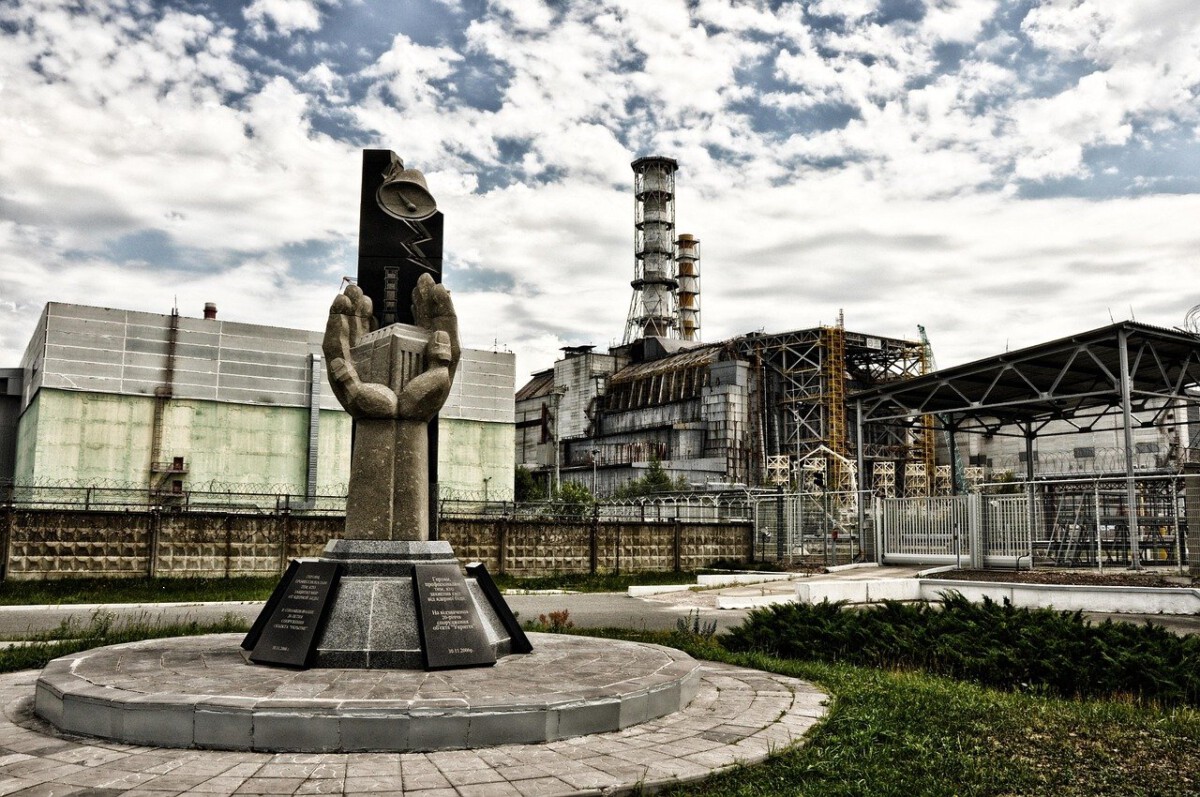Mount Everest, Nepal

Mount Everest, the world’s highest peak, is the ultimate challenge for adventurers. In 2023, more than 1,000 climbers attempted the treacherous ascent, with around 600 reaching the summit. The journey is filled with life-threatening risks: altitude sickness, avalanches, unpredictable weather, and even overcrowding on the narrow pathways. The Nepal Tourism Board notes that climber numbers have been recovering steadily since 2021. Despite regular reports of fatalities—over 12 deaths were reported in the 2023 climbing season alone—the mountain continues to lure thrill-seekers from around the world. The sense of accomplishment, and the chance to stand at the roof of the world, seem to outweigh the risks for many. Local Sherpas and rescue teams work tirelessly to save those in trouble, but the harsh environment means not everyone makes it back. Still, the promise of adventure and bragging rights keeps Everest at the top of many bucket lists.
Chernobyl, Ukraine

Chernobyl, infamous for the catastrophic 1986 nuclear disaster, has become an unlikely magnet for tourists. In 2024, over 100,000 people visited the Exclusion Zone, curious to witness the haunting remains of Pripyat and the abandoned relics frozen in time. The Ukrainian government has invested heavily in infrastructure and safety, resulting in a 20% increase in visitors since 2022. Guided tours now emphasize the relatively low radiation levels in monitored areas, but the risks—though reduced—are still present. The mystery and eerie silence of the place, combined with its tragic history, draw people from all over the globe. Many visitors report a feeling of stepping into an alternate reality, surrounded by nature reclaiming the ruins. It’s a stark reminder of humanity’s capacity for both awe and error. Even with strict safety protocols, Chernobyl’s dark legacy and the emotional weight of the site make it one of the world’s most chilling tourist destinations.
The Amazon Rainforest, South America

The Amazon Rainforest remains a place of wonder and danger. Eco-tourism continues to grow in 2025, with a projected increase of 10% as more travelers explore this vast green wilderness. Visitors face real risks: poisonous animals, aggressive insects, and diseases like malaria and dengue fever are constant threats. Despite these dangers, adventure-seekers are drawn to the Amazon’s unrivaled biodiversity and its network of indigenous cultures. Most tourists rely on experienced guides who know how to navigate the perils of the forest, from spotting venomous snakes to avoiding dangerous river currents. Heavy rains can quickly turn paths into slippery traps, and thick undergrowth can disorient even seasoned explorers. The thrill of glimpsing rare wildlife or paddling through untouched stretches of jungle seems to make the risks worthwhile for many. With proper preparation, the Amazon offers a once-in-a-lifetime experience that’s both exhilarating and humbling.
Death Valley, California, USA

Death Valley is notorious for its extreme, unforgiving heat. In 2023, the National Park Service reported a record-breaking 1.5 million visitors, despite summer temperatures soaring above 130°F (54°C). The park continues to attract thrill-seekers in 2025, drawn by its unique landscapes and challenging conditions. The area is famous for its dramatic, alien landscapes: salt flats, sand dunes, and colorful canyons. Yet, dehydration, heatstroke, and car breakdowns are real threats, with park rangers regularly rescuing unlucky travelers. Despite clear safety warnings, many underestimate just how quickly conditions can turn deadly. The allure of seeing the lowest and hottest point in North America, as well as the stunning sunsets and stargazing opportunities, keeps people coming back. Some even seek out Death Valley for the challenge, determined to test their endurance against nature’s extremes. The beauty and danger of the place are inseparable, making it a magnet for the bold and the curious alike.
The Great Blue Hole, Belize

The Great Blue Hole is a diver’s dream—and a source of real peril. In 2024, dive shops in Belize reported a 25% increase in visitors, many drawn by the site’s UNESCO World Heritage status and its spectacular underwater formations. The Blue Hole’s depth, strong currents, and sudden changes in pressure make it a risky venture, even for experienced divers. Underwater caves and stalactites offer breathtaking views, but becoming disoriented or running low on air can quickly turn deadly. Dive operators strongly advise proper certification and experience, but the promise of crystal-clear water and encounters with sharks and rare fish is irresistible for many. Stories of successful dives and near-misses circulate among the diving community, adding to the location’s mystique. For those who brave its depths, the Great Blue Hole offers both beauty and danger in equal measure.
The Danakil Depression, Ethiopia

The Danakil Depression is often called the “gateway to hell,” and for good reason. This area is one of the hottest places on Earth, with daytime temperatures regularly exceeding 120°F (49°C). In 2023, over 10,000 tourists made the journey to witness its alien landscapes—lava lakes, acid pools, and geysers spitting toxic gases. The region’s extreme heat and lack of infrastructure mean that a trip can be life-threatening without proper preparation. Visitors are strongly encouraged to travel with experienced guides who know how to navigate the hazards and provide emergency support. The risk of dehydration, heatstroke, and exposure to toxic fumes is ever-present. Yet, the Danakil’s surreal beauty and raw, untamed nature are a siren call for thrill-seekers. The area’s geological features, such as the Dallol volcano, are like nowhere else on earth, making the dangers seem almost secondary to the experience.
The Icefields Parkway, Canada

The Icefields Parkway, winding through the Canadian Rockies, is both majestic and treacherous. In 2025, the route saw a 15% rise in visitors, all eager to experience its spellbinding glaciers, lakes, and mountain vistas. Yet, weather along the parkway can change in an instant, with blizzards and icy roads posing serious hazards, especially from late autumn to early spring. Wildlife encounters are common, with bears, elk, and moose sometimes wandering onto the road or hiking trails. Park authorities issue regular safety warnings, urging travelers to be alert and prepared for emergencies. Even seasoned drivers and hikers have found themselves stranded or in danger due to rapidly shifting conditions. Still, the promise of breathtaking photographs and close encounters with nature keeps the Icefields Parkway high on many travel lists. For many, the risk of the wild is just part of the adventure.
The Himalayas, India

The Himalayas in India, stretching through regions like Kashmir, are renowned for their jaw-dropping beauty and spiritual significance. In 2024, the region saw a 12% increase in tourism, despite ongoing geopolitical tensions and natural hazards like landslides and avalanches. The rugged terrain and high altitudes present real dangers, with altitude sickness and rapidly changing weather among the top threats. Political unrest and occasional security concerns require visitors to remain vigilant and stay updated on travel advisories. Yet, the allure of trekking through ancient mountain paths, experiencing Himalayan culture, and witnessing panoramic views of snow-capped peaks is irresistible for many. Local guides are often essential, helping tourists navigate both the physical and political landscapes. The Himalayas’ mystique, blending danger and beauty, continues to draw those in search of adventure and meaning.







